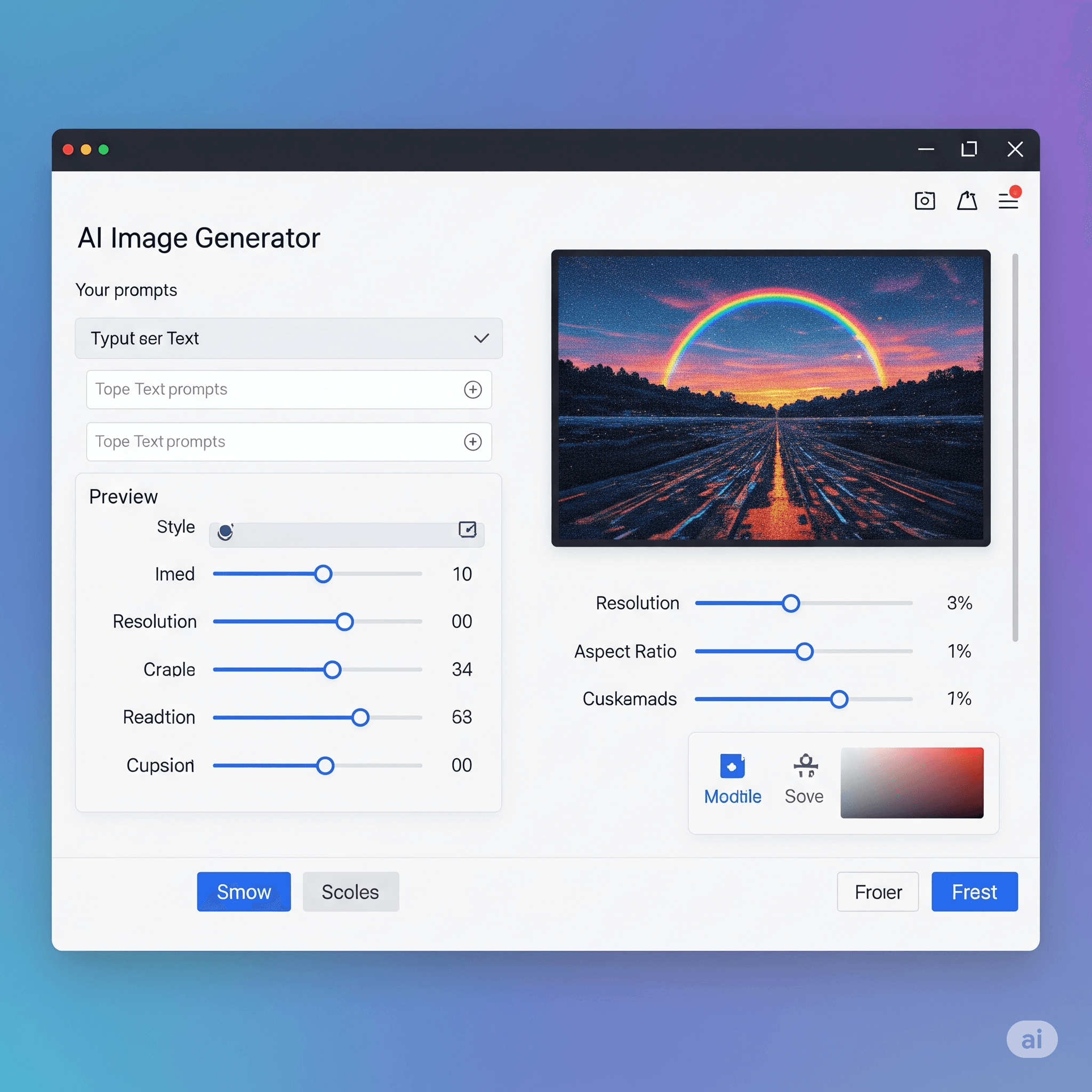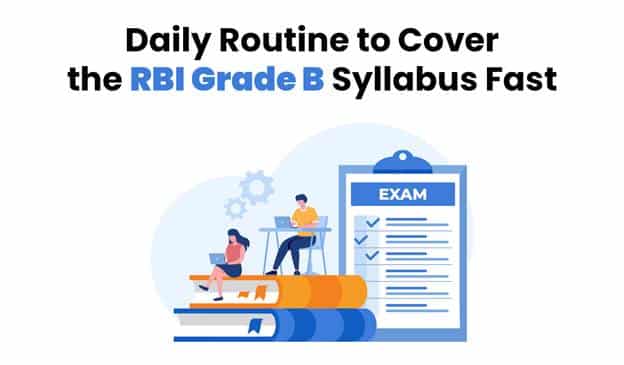Question: In the Reno TCP, when TCP enters the fast recovery, if duplicate ACKs continue to come, TCP ____________________________________.
Answer:
- in Reno TCP, when TCP enters the fast recovery state, if duplicate ACKs continue to arrive, TCP stays in this state and the congestion window (cwnd) is increased exponentially. This is known as the fast retransmit mechanism.
- When a sender receives three duplicate ACKs, it assumes that a packet has been lost and immediately retransmits the lost packet without waiting for a timeout. The sender then enters the fast recovery state and sets the cwnd to the value of the congestion window at the time of the loss.
- If the sender receives an additional duplicate ACK while in the fast recovery state, it increases the cwnd by one for each duplicate ACK received, effectively growing the congestion window exponentially. This allows the sender to recover from the packet loss quickly, while also being conservative about the amount of traffic sent to avoid further congestion.
- If the sender receives an ACK for the lost packet, it exits the fast recovery state and returns to the congestion avoidance phase. If no duplicate ACKs are received for a period of time equal to the Round Trip Time (RTT) of the connection, the sender assumes that the congestion has subsided and returns to the congestion avoidance phase.
MCQ: In the Reno TCP, when TCP enters the fast recovery, if duplicate ACKs continue to come, TCP ____________________________________.
Correct Answer:
A. stays in this state, but the cwnd grows additively
Explanation:
- in Reno TCP, when TCP enters the fast recovery state, if duplicate ACKs continue to arrive, TCP stays in this state and the congestion window (cwnd) is increased exponentially. This is known as the fast retransmit mechanism.
- When a sender receives three duplicate ACKs, it assumes that a packet has been lost and immediately retransmits the lost packet without waiting for a timeout. The sender then enters the fast recovery state and sets the cwnd to the value of the congestion window at the time of the loss.
- If the sender receives an additional duplicate ACK while in the fast recovery state, it increases the cwnd by one for each duplicate ACK received, effectively growing the congestion window exponentially. This allows the sender to recover from the packet loss quickly, while also being conservative about the amount of traffic sent to avoid further congestion.
- If the sender receives an ACK for the lost packet, it exits the fast recovery state and returns to the congestion avoidance phase. If no duplicate ACKs are received for a period of time equal to the Round Trip Time (RTT) of the connection, the sender assumes that the congestion has subsided and returns to the congestion avoidance phase.
Discuss a Question
Related Questions
- 1. In the Reno TCP, when TCP enters the fast recovery, if a timeout occurs, TCP ____________________________________.
- 2. In the Reno TCP, when TCP enters the fast recovery, if a new (non duplicate) ACK arrives TCP ____________________________________.
- 3. A later version of TCP, called ______ TCP, made an extra optimization on the _______ TCP.
- 4. In the slow start algorithm, the size of the congestion window grows ______________ until ___________________.
- 5. In the congestion avoidance algorithm, the size of the congestion window grows ______________ congestion is detected.
- 6. The congestion window size, after it passes the initial slow start state, follows a saw tooth pattern called _________________________________.
- 7. The __________________ technique is one of the open-loop congestion policy
- 8. The __________________ technique is one of the close-loop congestion policy
- 9. IP is a _________ protocol.
- 10. An HLEN value of decimal 10 means _______.
You may be interested in:
Computer Networking MCQs






